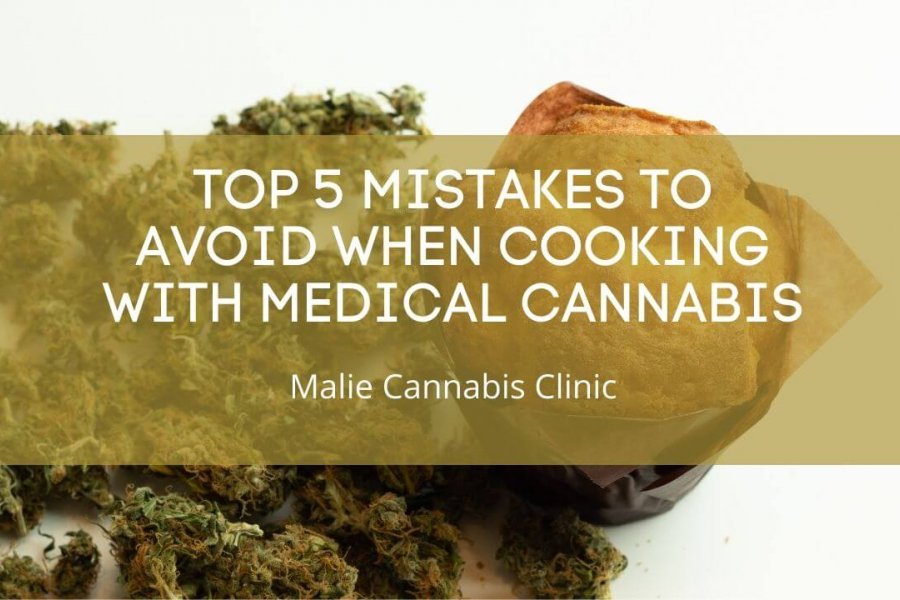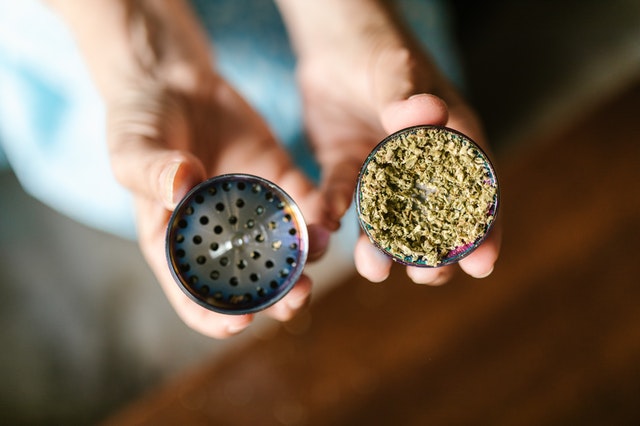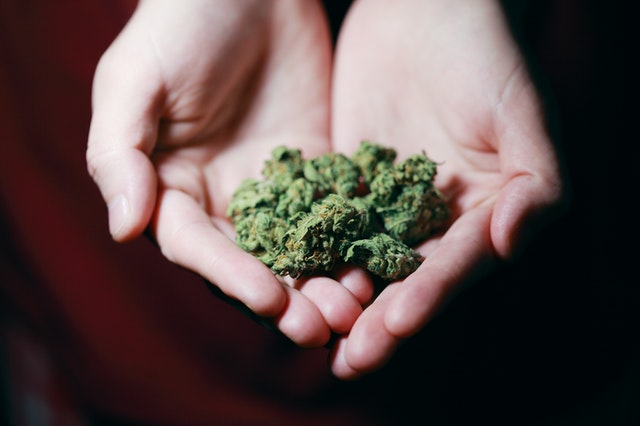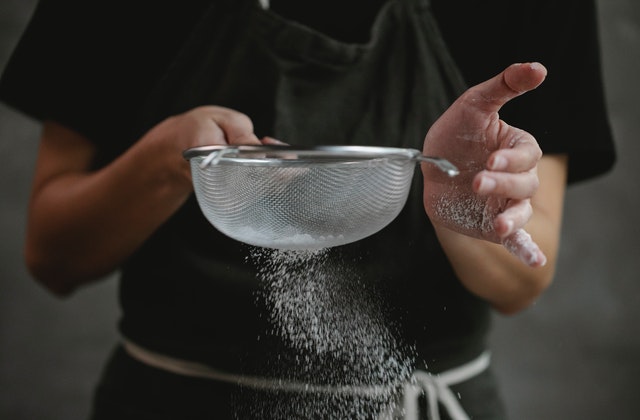
Typically, people conclude that medical marijuana largely entails smoking it. However, most prefer to eat or drink cannabis-infused products. These products are referred to as “edibles”. They usually contain butter, coconut oil, peanut oil, and the usual baking fats. It’s just tough to determine the exact dosage of the baked edibles in their dessert form.
Compared to smoking medical marijuana, eating edibles can be a more intense experience. This is why it’s vital to study how much you can tolerate and the dosage you want before crafting a treatment plan.
Cooking cannabis has started to grow in popularity for both medical marijuana patients and recreational users. For those new to it, you can begin dabbling with Cannabutter (cannabis butter). It’s an easy and fuss-free recipe. As a base for baked goods, Cannabutter offers a limitless menu of recipes to try.
Preparation Process for Medical Marijuana Cooking
Handling medical marijuana for baking requires a careful procedure. Check out the following steps to follow:
Process the plant material
The quality of the plant has a powerful effect. The stronger it is, the less of the plant is necessary for the edibles’ dosage.
Grind up the plant material
Use a food processor or coffee grinder to make the grinding smoother. Aspire for a “sandy consistency” instead of a powdery texture. You can also opt to use a hand grinder or mortar & pestle for grinding but this takes more time and effort.

Spread across a baking sheet
Upon reaching the desired consistency, you can now apply the finished plant material evenly and thinly over the sheet.
Use heat for activation
Once the plant material is grounded, the THC and CBD medicines in cannabis need to be heated. This should be performed before adding the butter or oil. To heat, THC requires 240°F or 115°C and takes 45 minutes to 1 hour to activate. CBD takes longer than an hour to an hour and a half to activate.
Place in an airtight container
Storage is needed once full activation is done. You can take any part of the material and infuse it with fat or oil. Put it inside a saucepan or crockpot under low heat. The more time the material is soaked in the base oil, the more medicine leaks out. So it's better to leave it in the oil for a few hours.
Afterward, you can drain the oil away with a strainer so you can get rid of all the plant material’s bits. You can opt for a metal strainer or cheesecloth to filter the oil.
Avoidable Mistakes During the Medical Cannabis Cooking

Mistake 1: Not Decarboxylating the Cannabis
Cooking raw cannabis outright will make it taste dreadful. You need to heat it first before it transforms into THC. This requires decarboxylation to be done to obtain the maximum potency. Even if the infusion later can expose and activate the cannabis with heat, it’s recommended to decarboxylate before proceeding with cooking the infusion to gain a powerful effect.
Method: Several techniques are available when decarboxylating but to achieve the best, you need to grind THC over a cooking sheet. Next, roast it in the oven at 230°F within an hour.
Mistake 2: Over-Grinding the Cannabis
You need a quality hand grinder to turn your cannabis into fragments. However, avoid getting carried away. If you turn the cannabis into powder form, the plant material can increase leading to a bit more of a bitter taste. More powder doesn’t translate into more THC or greater levels of high.
Method: Focus on the consistency when grinding your cannabis. Compare the results with dried oregano. It should look the same and not have a powder texture. A lot of the THC is stored in the hairs and stems of the plant so preserving them is critical.
Mistake 3: Using Too Much Cannabis when Cooking
Calibrate the high and reduce the dosage of medical cannabis in your recipes. Strike a balance since smoking and eating cannabis are not comparable in volume. The consequences of eating edibles require more time for one to experience its effects.

The manner of delivery is also different as THC is consumed via the bloodstream in contrast to landing in the lungs through smoking. Consuming it does take more time to work but the effect is certainly more powerful.
Method: Implement the less is more approach. Getting the dosage right is hard the first few times. As a beginner, start with more modest portions. For cannabis butter, mix ¼ oz bud with a pound of butter. You should target cannabis with 15% THC.
Before mixing the butter with other recipes, conduct a taste test to determine its potency. The stronger it is, the more conservative the application should be.
Mistake 4: Not Infusing Cannabutter with Water
Forgetting to add water to the saucepan when cooking cannabis butter is not a good idea. Water is useful in two ways:
- It keeps the temperature low and ensures the butter is safe from burning. If you burn the cannabis butter, it will taste horrible. It will result in a lack of potency given that the THC degrades at 250°F or 121°C.
- It dilutes the unwanted green color and aids in losing the herbal flavor.

Method: When deciding to make cannabis butter, aim for a 50:50 ratio of water to butter. If you want better results, use 60:40. Always check and observe the water if evaporation occurs or the butter’s temperature approaches 250°F. If you observe this then it’s necessary to add some more water to the infusion.
Bottom Line
Follow these steps to avoid committing these common mistakes. Handle cannabis with care, understand the importance of the decarboxylation process, and be aware of the consistency you’re aiming for to avoid over-grinding. Finally, be more modest when cooking cannabis since the potency can be stronger, and don’t forget to include water during the infusion stage.
If you would like more information about medical cannabis contact Malie Cannabis Clinic today!